Along with carbohydrates and fats, proteins are part of the macronutrients. They are essential to the proper functioning of the human body, which uses them as the main source of energy. But what is the real role of proteins in athletes? How much protein should you consume as an ultra-athlete? So many questions that we will answer in this article.
From a scientific point of view, what is a protein?
Proteins are elementary substances of living matter and are found throughout the body: muscles, bones, skin, hair and practically in all tissues. They are large molecules composed of one or more small molecules called "amino acids". There are 20 different amino acids, 11 of which can be manufactured by the human body. The 9 others are called essential (EAA) because they cannot be synthesized by the body. It is therefore essential to consume them to meet your needs.
Protein's form

What is the role of proteins?
Their role is essential to the proper functioning of the human body, since they are involved at several levels:
- At the structural level : they are used for the construction and repair of muscles, bone matrix, skin, etc.
- At the physiological level : they are found, for example, in the form of enzymes (speeder of chemical reactions linked to our metabolism) or hormones (chemical messengers within the body).
|
Essentials amino Acids |
Non-essentials amino acids |
|
Arginine |
Alanine |
|
Histidine |
Asparagine |
|
Isoleucine |
Aspartic Acid |
|
Leucine |
Cysteine |
|
Lysine |
Glutamic acid |
|
Methionine |
Glutamine |
|
Threonine |
Glycine |
|
Tryptophane |
Proline |
|
Valine |
Serine |
|
Tyrosine |
|
|
Phenylalanine |
Complete proteins, what does it mean ?
While we focus only on the quantity of protein we consume, the quality is a factor that should not be overlooked. Indeed, in order to maintain good health, it is important to obtain a minimum of each of the 9 essential amino acids through our diet.
Some protein sources are considered "complete": this means that all 9 essential amino acids are present. While animal proteins are complete, plant proteins are not always complete.
Indeed, cereals are generally deficient in lysine, while legumes often lack methionine. To have a balanced EAA profile, it is therefore essential to combine two sources of plant proteins: this is called protein complementarity. The combination of cereals (rice, wheat, quinoa, etc.) with legumes (lentils, peas, kidney beans, etc.) will be ideal for providing your body with all the EAAs in the right proportions. We will make sure to compose our plate of ⅔ of cereals for ⅓ of legumes.
Varying our diet is therefore very important in order to meet all our nutritional needs, especially in terms of amino acids but also any other nutrient.
What about BCAA's?
Of the 20 amino acids, three of them have a specific structure and are most often found in muscles. We call them branched chain amino acids or BCAAs. They are Leucine, Isoleucine, and Valine. Among other things, they are known to reduce fatigue and muscle damage after endurance exercise and improve performance. For all these reasons, Näak Ultra Energy™ products ensure that you get at least1g of BCAA's per hour of exercise. For more explanation on BCAA's, please read ourarticle dedicated to them.
In what we found proteins ?
Proteins are mainly found in animal products (meat, fish) and their derivatives (eggs and dairy products). Proteins are also present in certain plant products such as nuts, seeds, legumes, tofu/tempeh, etc.

As an example, here are the protein's contents of some foods :
|
Food |
Protein's contents (g) |
|
100 g cooked chicken breast |
31 |
|
100 g cooked lean ground beef |
30 |
|
100 g cooked white fish (tilapia, sole, cod, etc.) |
26 |
|
1 scoop ofNäakUltra Recovery™Vanilla protein powder |
25 |
|
60 g spirulina |
17 |
|
100 g tofu |
14 |
|
50 g cheddar cheese |
12 |
|
60 g chia seeds |
12 |
|
250 ml cow's milk |
9 |
|
500 mlNäakUltra Energy™ Drink Mix |
8 |
|
100 g Greek yogurt |
8 |
|
100 g chickpeas |
8 |
|
1NäakUltra Energy™ bar |
7 |
|
1NäakUltra Energy™ waffle |
3 |
How is protein digested ?
Digestion is the process of transforming the food we ingest into smaller molecules that can be assimilated by the body. The digestion of proteins begins when they reach our stomach. These proteins will be reduced into smaller fragments of amino acids, called "peptides", by means of various enzymes. Eventually, only individual amino acids will be left to be absorbed in the small intestine. They then enter the bloodstream and are sent to the liver where they are used, among other things, to synthesize new proteins.
Amino acids resulting from digestion are then used by certain organs such as the liver and the muscles to form new proteins and to produce energy. Excess amino acids are converted into lipids and stored in fat reserves (more commonly called "fat").

What are the protein requirements before an event?
For athletes, daily protein requirements are slightly higher than average. Effectively, the volume of training increases the damage to muscles and tissues, which require proteins for their repair and reconstruction.
Athletes do not need to consume astronomical amounts of protein on a daily basis contrary to popular belief. Indeed, the needs are of the order of1.2 to 1.7 g of proteinper kg of body weight per day.
Indeed, a 70 kg athlete should then consume85 to 120 g of protein per dayto meet their daily protein needs. We could thus divide this quantity by 3, meaning that over a day, our athlete should consume approximately30-40 g of protein per meal, to meet his needs.

How much protein do you need during a long distance race?
For ultra-endurance athletes, the protein requirements during an event lasting more than 3 hours are5 to 10 g of protein per hour, including at least1 g of BCAA's.

How much protein do you need after a long distance race?
During your effort, many muscle fibers have been damaged or even destroyed. Following your run, a “metabolic window” appears within20-30 minutes. During this period, the proteins that you will consume will be assimilated more quickly. These will release amino acids through digestion, which the body will use for muscle reconstruction. It is therefore essential to consume protein as soon as possible after stopping exercise (about 20 g to 25 g).

What to remember about proteins:
- Protein is an essentialmacronutrientfor muscle and tissue repair, muscle mass gain, and proper body function.
- Consuming protein and BCAA'sbefore,duringandafterexercise helps ensure optimal recovery and maximize performance.

References
Leaf A. How can you assess protein quality? [en ligne] https://examine.com/nutrition/rating- proteins/?ck_subscriber_id=73459663. Consulté le 27 mars 2023.
Phillips, M. Van Loon, L. (2011).Dietary protein for athletes: from requirements to optimum adaptation. Journal of sports sciences, 2011.
Moore, D. and coll. (2009).Ingested protein dose response of muscle and albumin protein synthesis after resistance exercise in young men. American journal of clinical nutrition, 2009.
Antonio, J. et coll. (2016).A high protein diet has no harmful effects: a one-year crossover study in resistance-trained males. Journal of nutrition and metabolism, 2016.
Pan, A. et coll. (2012).Red meat consumption and mortality: results from 2 prospective cohort studies. Archives of internal medicine, 172(7), 555-563.







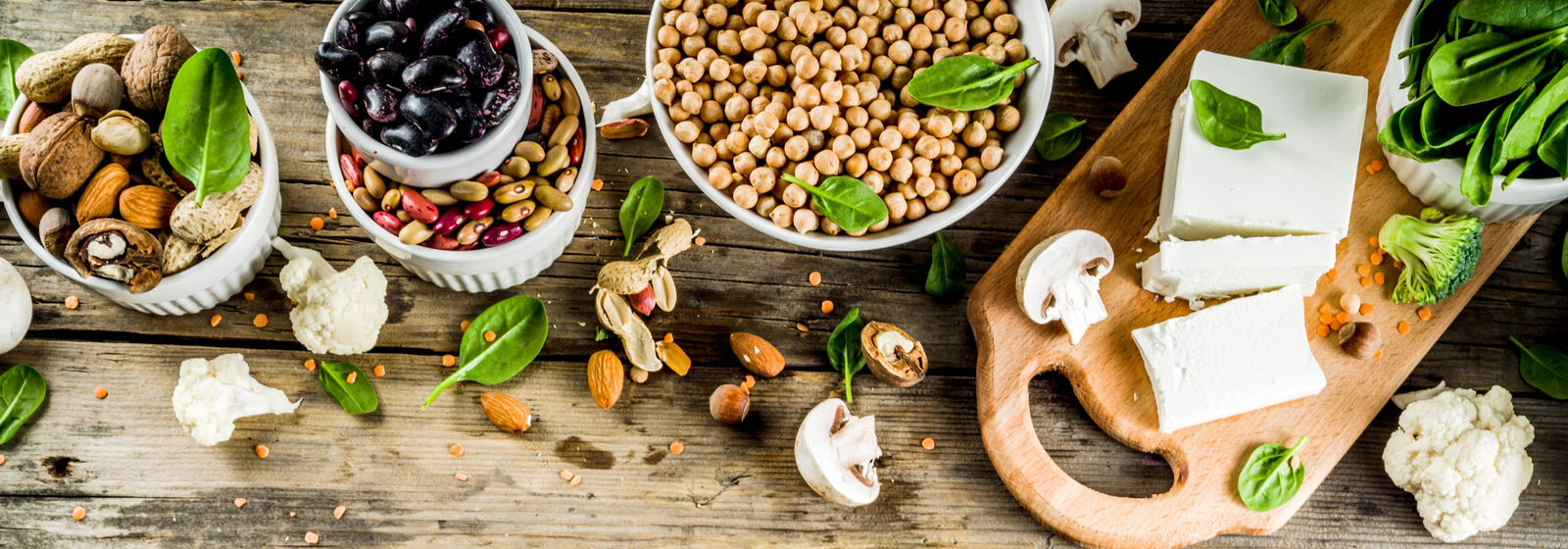





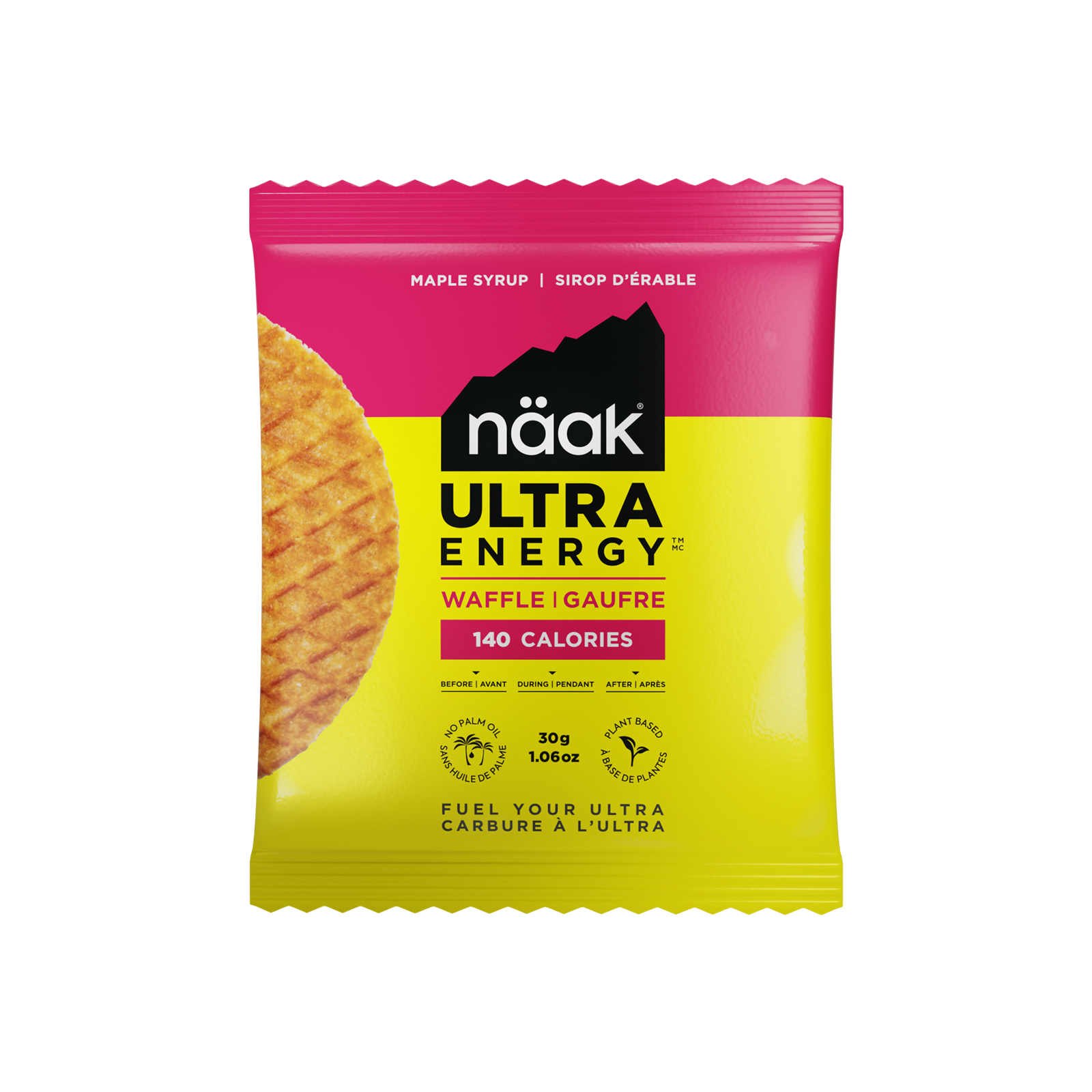

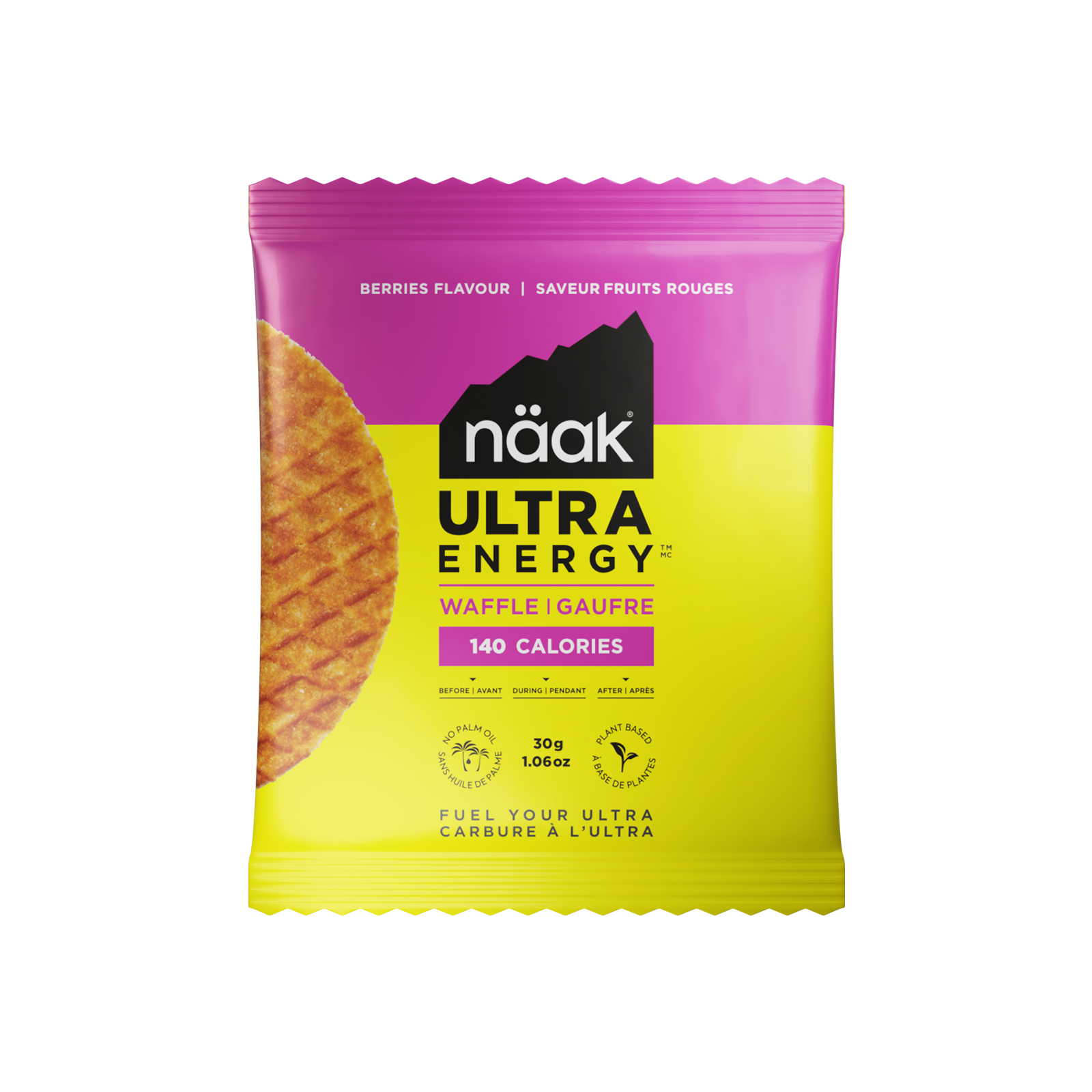



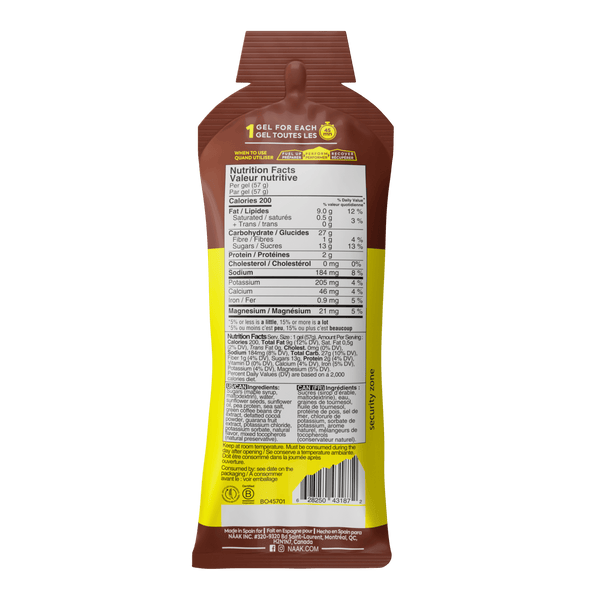

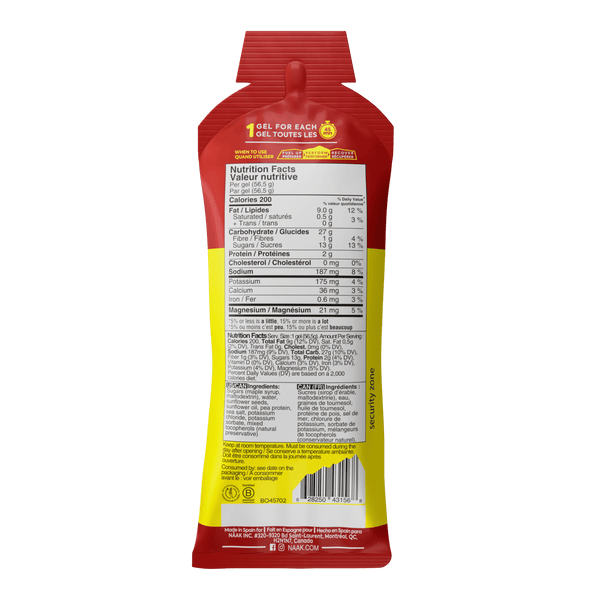
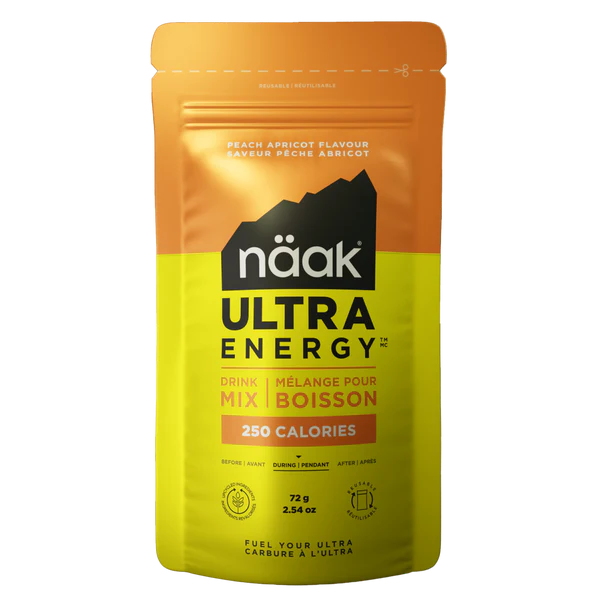



Leave a comment (all fields required)